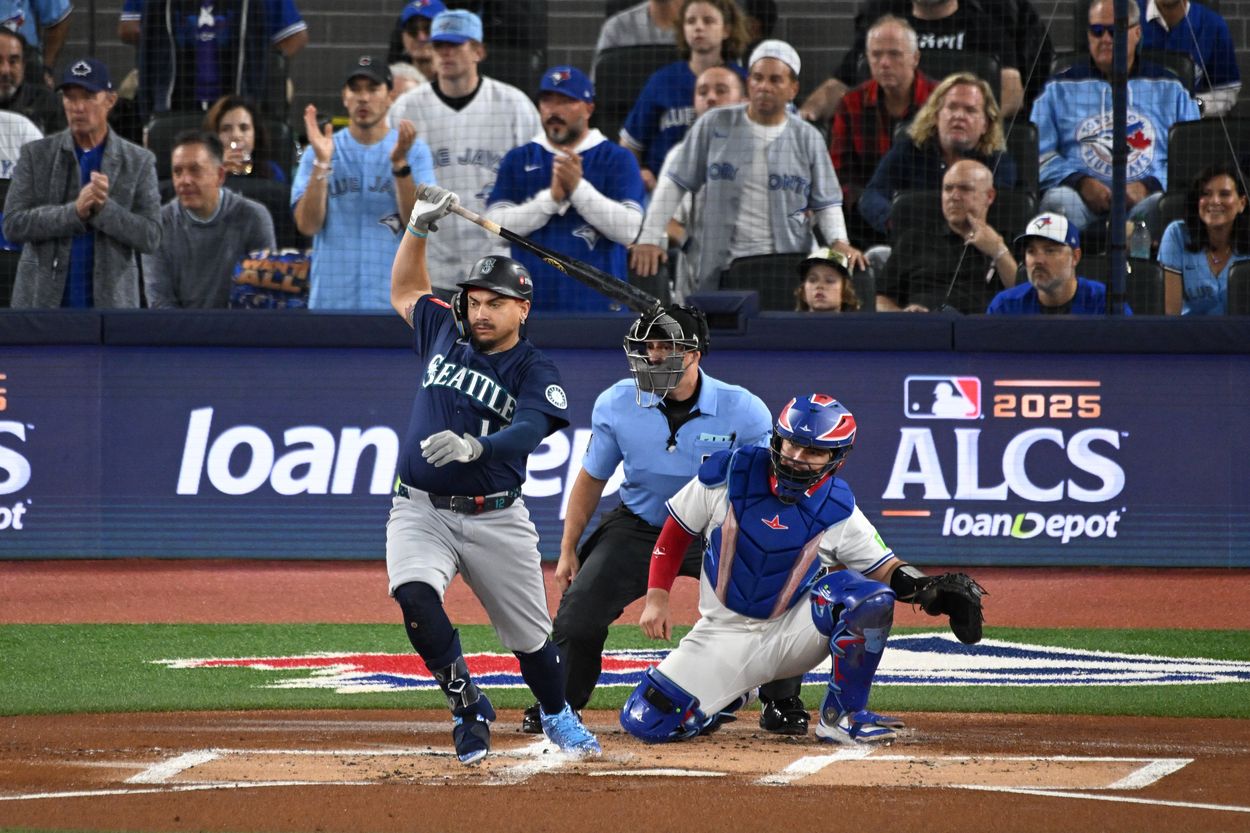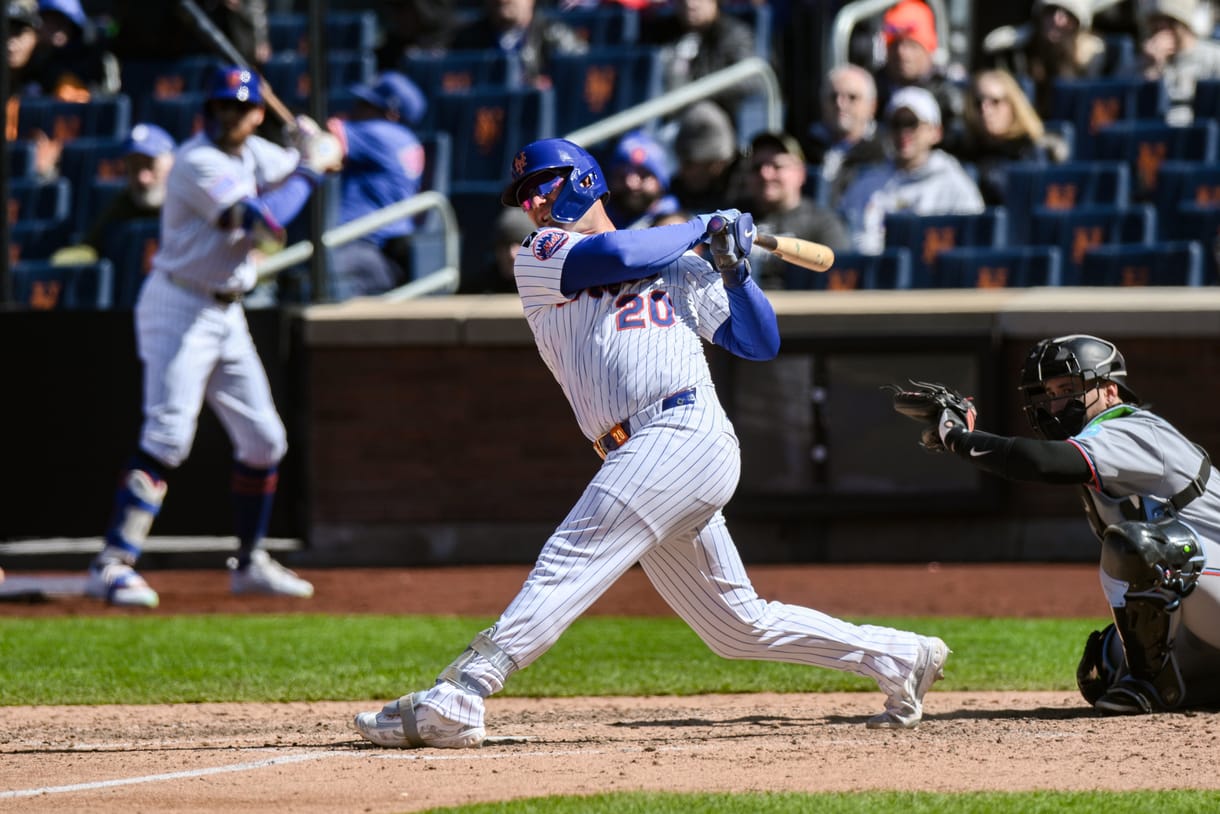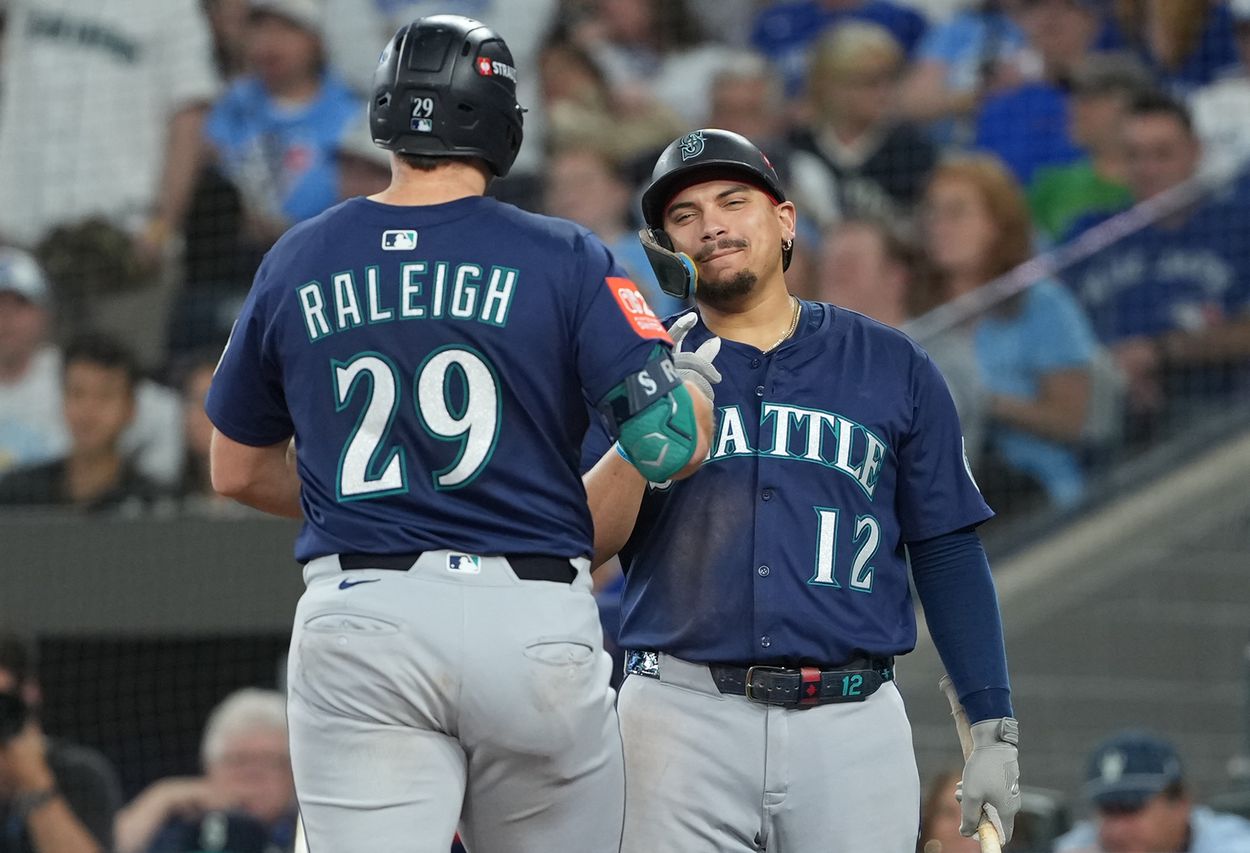
The New York Mets built much of their recent identity around Pete Alonso’s bat, and now that stability is suddenly in question. After signing a two-year, $54 million contract last winter, Alonso has decided to exercise his opt-out clause, setting up another round of high-stakes negotiations. He earned $30 million in 2025, but now he’s betting on himself again—hoping to land the long-term deal that eluded him the first time around.
It’s a bold move, and many around the league believe Alonso and his representatives overestimated the market last winter. That gamble leaves him back at square one, trying to find not just a big payday but some long-term security.
Whether that happens in Queens remains uncertain. Mets president of baseball operations David Stearns faces a familiar dilemma: how far to go, and how much to spend, for a player whose value is both undeniable and complicated. Alonso remains one of baseball’s premier power hitters, but he’s 30 now, and long-term commitments to sluggers often carry more risk than reward.

The Challenge of Replacing Pete Alonso
If the Mets decide they can’t—or won’t—meet Alonso’s price, they’ll face an unenviable task: replacing a player who crushed 38 home runs, logged a 141 wRC+, and almost singlehandedly carried the offense for stretches. Finding that kind of impact in today’s market is like trying to replace a Ferrari with a reliable sedan—it might still get you there, but the ride won’t feel the same.
And according to Mets insider Anthony DiComo, the next best option on the market might be Seattle Mariners first baseman Josh Naylor.
Josh Naylor: Productive, Gritty, and a Different Kind of Hitter
Naylor had a really solid season in Arizona and Seattle, capped by a fiery postseason run that helped propel the Mariners to the AL Championship Series. Over those 12 playoff games, he hit three home runs, swiped two bases, and posted a 176 wRC+, establishing himself as one of the emotional and offensive engines of that lineup.
During the regular season, Naylor’s blend of power and speed stood out. He hit 20 homers, stole 30 bases, and posted a 128 wRC+, giving the D-Backs and Mariners steady production from first base. His energy and versatility made him a fan favorite, and his left-handed bat could fit nicely in Citi Field’s dimensions.
Still, Naylor isn’t Alonso. As DiComo pointed out, “For all of Naylor’s strengths, he is clearly an inferior hitter to Alonso. His career OPS is 80 points lower. Alonso’s worst career league-adjusted OPS+ total of 122 is close to Naylor’s career high of 130.” The gap is hard to ignore.

Balancing Offense, Defense, and the Budget
Where Naylor might win points is with the glove. He’s a more mobile defender and offers greater speed on the bases—traits Alonso doesn’t bring to the table. For Stearns, the decision may come down to priorities: does he want elite offense with defensive limitations, or a more balanced player at a lower cost?
If the Mets view Alonso’s asking price as excessive, Naylor could emerge as a logical fallback. He’d provide a competent bat, a better glove, and more lineup flexibility. But his arrival would also leave a power void that would need to be filled elsewhere, perhaps through another free-agent signing or trade.
In the end, it’s a calculation of risk and identity. Alonso has been the heartbeat of the Mets’ lineup for years, their thunder in the middle order. Letting him walk would send a clear message about the team’s financial discipline—but it might also take away the fear factor that opposing pitchers have come to associate with New York.
If Josh Naylor is the alternative, the Mets will need to decide how much heart and thunder they’re willing to lose in the process.
